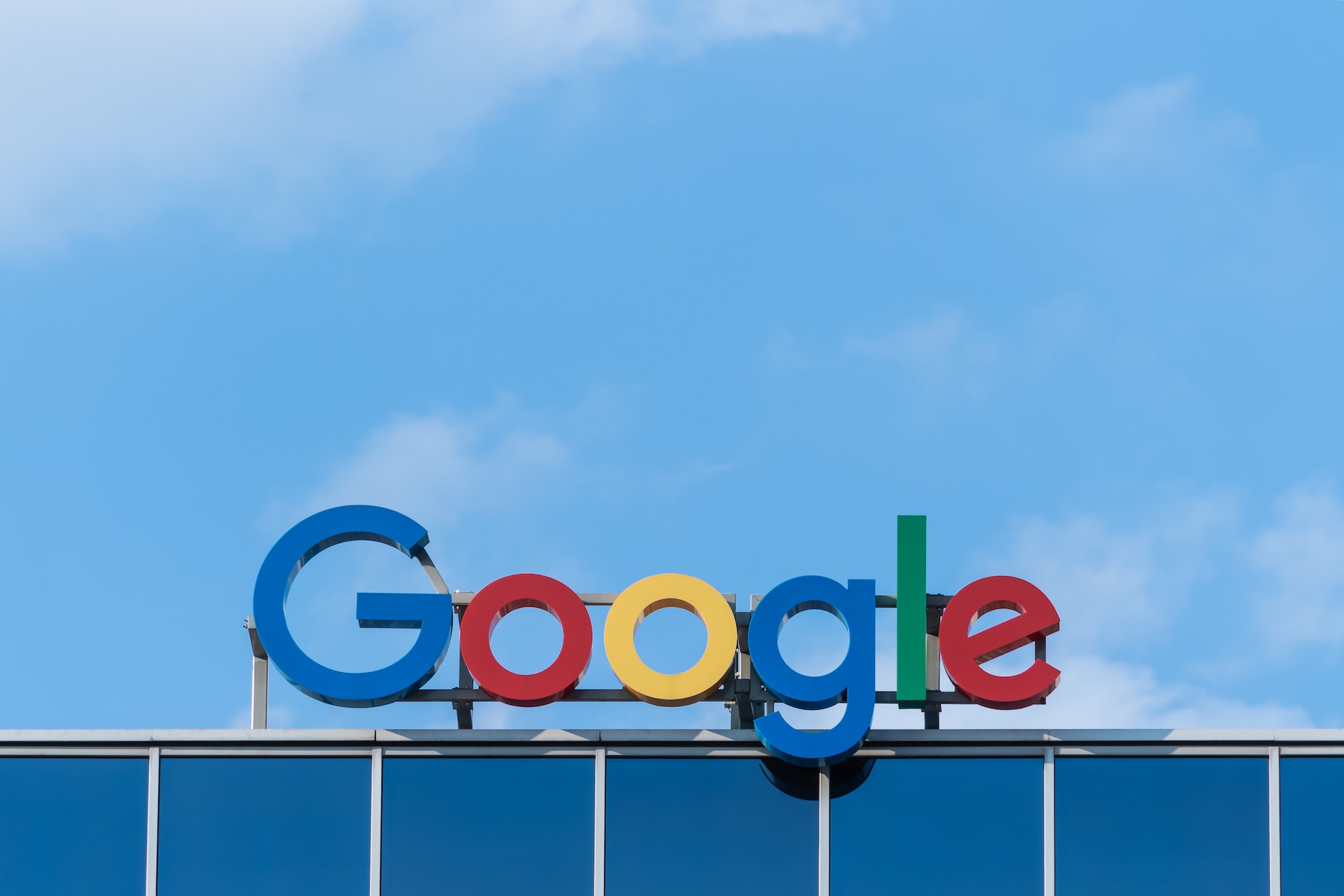The DeepMind robotics team has announced three new developments that it claims will help robots make quicker, smarter, and safer judgments in the field.
One of these is a method for collecting training data with a "robot constitution" to ensure that your robot office helper can get you additional printer paper without mowing down a human coworker who happens to be in the path.
Google Developed 'Robot Constitution' To Ensure Future AI Droids Won’t Harm Mankind
AutoRT, Google's data collection system, can comprehend its environment, adapt to unexpected conditions, and decide on acceptable activities by combining a visual language model (VLM) with a large language model (LLM), as per The Verge.
The Robot Constitution, based on Isaac Asimov's "Three Laws of Robotics," is defined as a collection of "safety-focused prompts" advising the LLM to avoid jobs involving humans, animals, sharp items, or even electrical appliances.
DeepMind configured the robots to stop automatically if the force on their joints exceeds a particular level, and they have a physical kill switch that human operators may use to disable them. Google sent a fleet of 53 AutoRT robots into four separate office buildings over the course of seven months, doing over 77,000 trials.
Some robots were remotely directed by humans, while others worked from a script or entirely autonomously, utilizing Google's Robotic Transformer (RT-2) AI learning model. The experimental robots are more practical than spectacular, with merely a camera, robot arm, and mobile base.
"The system uses a VLM for each robot to understand its environment and the objects in view. Next, an LLM suggests a list of creative tasks that the robot could perform, such as 'Place the snack onto the countertop,' and acts as a decision-maker to choose an appropriate task for the robot to perform," Google explained in a blog post.
DeepMind Advances Robotic AI with SARA-RT Neural Network and RT-Trajectory for Physical Tasks
DeepMind's other new technology is SARA-RT, a neural network architecture meant to improve the accuracy and speed of the current robotic transformer RT-2. It also launched RT-Trajectory, which adds 2D outlines to assist robots in doing specific physical activities like wiping off a table.
We appear to be a long way from autonomous robots that serve beverages and fluff pillows, but when they arrive, they may have learned from a system like AutoRT.
Photo: Pawel Czerwinski/Unsplash



 Trello Outage Disrupts Users as Access Issues Hit Atlassian’s Work Management Platform
Trello Outage Disrupts Users as Access Issues Hit Atlassian’s Work Management Platform  EssilorLuxottica Bets on AI-Powered Smart Glasses as Competition Intensifies
EssilorLuxottica Bets on AI-Powered Smart Glasses as Competition Intensifies  Australia Enforces World-First Social Media Age Limit as Global Regulation Looms
Australia Enforces World-First Social Media Age Limit as Global Regulation Looms  SK Hynix Shares Surge on Hopes for Upcoming ADR Issuance
SK Hynix Shares Surge on Hopes for Upcoming ADR Issuance  Microsoft Unveils Massive Global AI Investments, Prioritizing India’s Rapidly Growing Digital Market
Microsoft Unveils Massive Global AI Investments, Prioritizing India’s Rapidly Growing Digital Market  IBM Nears $11 Billion Deal to Acquire Confluent in Major AI and Data Push
IBM Nears $11 Billion Deal to Acquire Confluent in Major AI and Data Push  Evercore Reaffirms Alphabet’s Search Dominance as AI Competition Intensifies
Evercore Reaffirms Alphabet’s Search Dominance as AI Competition Intensifies  Australia’s Under-16 Social Media Ban Sparks Global Debate and Early Challenges
Australia’s Under-16 Social Media Ban Sparks Global Debate and Early Challenges  EU Court Cuts Intel Antitrust Fine to €237 Million Amid Long-Running AMD Dispute
EU Court Cuts Intel Antitrust Fine to €237 Million Amid Long-Running AMD Dispute  Adobe Strengthens AI Strategy Ahead of Q4 Earnings, Says Stifel
Adobe Strengthens AI Strategy Ahead of Q4 Earnings, Says Stifel  SK Hynix Considers U.S. ADR Listing to Boost Shareholder Value Amid Rising AI Chip Demand
SK Hynix Considers U.S. ADR Listing to Boost Shareholder Value Amid Rising AI Chip Demand  U.S. Greenlights Nvidia H200 Chip Exports to China With 25% Fee
U.S. Greenlights Nvidia H200 Chip Exports to China With 25% Fee  SpaceX CEO Elon Musk Denies Reports of $800 Billion Valuation Fundraise
SpaceX CEO Elon Musk Denies Reports of $800 Billion Valuation Fundraise  Apple App Store Injunction Largely Upheld as Appeals Court Rules on Epic Games Case
Apple App Store Injunction Largely Upheld as Appeals Court Rules on Epic Games Case  Moore Threads Stock Slides After Risk Warning Despite 600% Surge Since IPO
Moore Threads Stock Slides After Risk Warning Despite 600% Surge Since IPO  Trump Signs Executive Order to Establish National AI Regulation Standard
Trump Signs Executive Order to Establish National AI Regulation Standard 






























